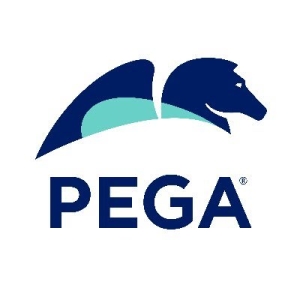1. Enhanced Cross-Platform Support Currently optimized for Windows-based applications. Needs better support for web, cloud-native, and non-Windows environments (e.g., Linux, macOS). 2. Simplified Development Experience Pega Robot Studio has a steep learning curve, especially for non-developers. Could benefit from a more intuitive, drag-and-drop interface and prebuilt automation templates. 3. Stronger AI/ML Integration Bots rely heavily on rule-based logic. Native integration with AI/ML models (e.g., for document understanding, sentiment analysis) could make bots smarter and more adaptive. 4. Improved Debugging & Testing Tools Debugging complex automations can be time-consuming. Needs better simulation, logging, and error tracing tools for faster troubleshooting. 5. More Scalable Bot Orchestration While Pega Robot Manager is powerful, managing large bot fleets can become complex. Could improve auto-scaling, load balancing, and dynamic resource allocation. 6. Broader Integration Ecosystem Limited out-of-the-box connectors compared to competitors like UiPath. Expanding the integration library (e.g., for SaaS apps, APIs, databases) would reduce custom development. 7. Licensing Flexibility Licensing can be cost-prohibitive for smaller teams or departments. More modular or usage-based pricing could improve adoption.




